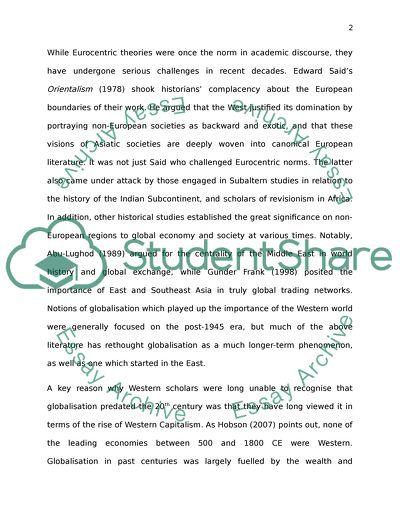Cite this document
(“The historical pedigree of globalisation Essay Example | Topics and Well Written Essays - 3500 words”, n.d.)
Retrieved from https://studentshare.org/environmental-studies/1405683-is-globalisation-unique-to-the-post
Retrieved from https://studentshare.org/environmental-studies/1405683-is-globalisation-unique-to-the-post
(The Historical Pedigree of Globalisation Essay Example | Topics and Well Written Essays - 3500 Words)
https://studentshare.org/environmental-studies/1405683-is-globalisation-unique-to-the-post.
https://studentshare.org/environmental-studies/1405683-is-globalisation-unique-to-the-post.
“The Historical Pedigree of Globalisation Essay Example | Topics and Well Written Essays - 3500 Words”, n.d. https://studentshare.org/environmental-studies/1405683-is-globalisation-unique-to-the-post.


